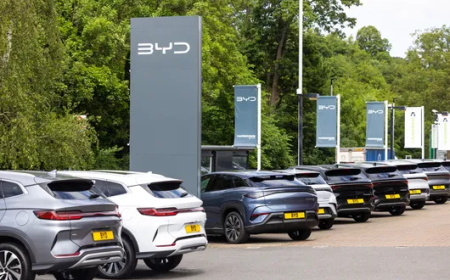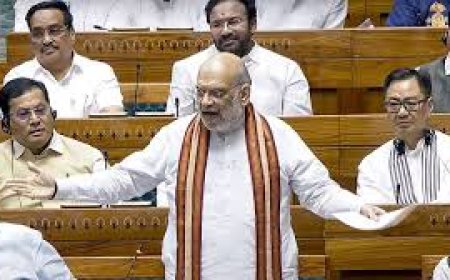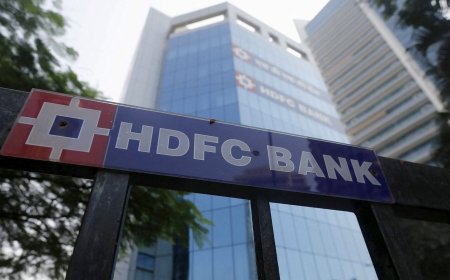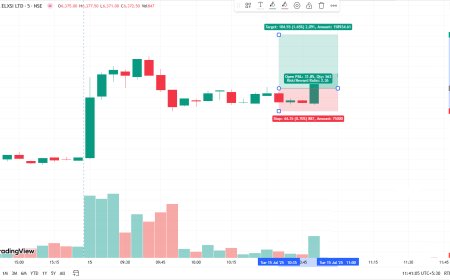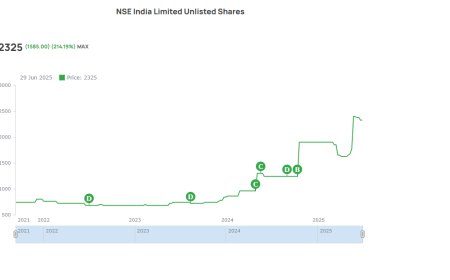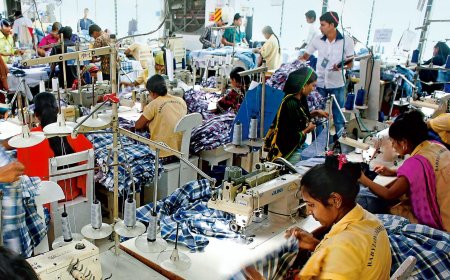Nitish Kumar promises to create one crore jobs in 5 years, Bihar Cabinet clears proposal
Bihar CM Nitish Kumar vows to generate 1 crore jobs in five years. Bihar Cabinet clears ambitious employment proposal. Read expert insights, policy breakdown, and investment implications.

Patna, July 15, 2025 — Bihar Chief Minister Nitish Kumar has announced a bold employment initiative aimed at creating one crore jobs in the next five years, with the state cabinet giving its nod to the ambitious plan. This move, which comes ahead of the 2025 Bihar Legislative Assembly elections, is being seen as a high-stakes strategy to address the state’s persistent unemployment crisis and boost economic growth.
The Big Push for Employment Generation
On Monday, the Bihar cabinet, chaired by Nitish Kumar, cleared a comprehensive policy framework to generate ten million employment opportunities by 2030. The Chief Minister stated that the employment plan will span sectors such as infrastructure, agriculture, education, healthcare, skill development, and IT, with a special focus on harnessing youth potential.
“This is not just a political promise, it’s a mission to transform Bihar’s future,” said Nitish Kumar while addressing the media. “We will create jobs through government schemes, private investment, and start-up support mechanisms.”
The proposal includes a state-funded employment guarantee scheme, increased capital allocation to MSMEs, and public-private partnerships to attract industries to the state.
Key Features of the Job Creation Plan
The new employment roadmap includes:
-
50 lakh jobs through government initiatives across rural development, panchayati raj, irrigation, and education sectors.
-
20 lakh opportunities in agriculture and allied sectors, driven by agri-tech and cooperative farming initiatives.
-
15 lakh jobs in industrial and infrastructure projects, including textile hubs and smart cities.
-
10 lakh jobs in digital and knowledge-based sectors, supported by new IT parks in Patna, Gaya, and Muzaffarpur.
-
5 lakh jobs through skill development programs, in collaboration with national institutes and global partners.
The state has also planned to create a centralised employment portal, streamline recruitment through Bihar Public Service Commission (BPSC), and offer financial incentives to companies hiring local youth.
Analysts Cautiously Optimistic
Economic and political analysts have responded with cautious optimism. Dr. A.K. Jha, an economist at Patna University, noted:
“If implemented seriously, this initiative could significantly reduce Bihar’s outmigration and increase domestic consumption. However, delivery and transparency will be key.”
Sociopolitical commentator Renu Mishra said, “With Nitish Kumar aiming to rejuvenate his legacy, this is a bold gambit. But Bihar’s bureaucratic inertia and poor industrial base could pose roadblocks.”
Market and Investment Implications
From an investor perspective, Bihar’s employment push may signal improved policy stability and a pro-growth agenda, especially if the state aligns with India’s broader manufacturing and digital economy goals. The government also announced incentives for industries investing in backward districts, potentially attracting domestic as well as foreign capital.
Sanjay Bhatnagar, a regional director at the Confederation of Indian Industry (CII), said:
“The creation of 10 million jobs needs robust investment, policy clarity, and infrastructure upgrades. If Bihar backs this with reliable power, road connectivity, and land reforms, the investor sentiment will follow.”
Stock market observers anticipate potential growth in regional construction, skill education, and agri-tech companies if the plan gets implemented on the ground. Real estate, logistics, and telecom sectors could also benefit from related developmental activity.
Historical Context and Challenges
Bihar has long struggled with high unemployment, youth underemployment, and low per capita income. According to the Centre for Monitoring Indian Economy (CMIE), Bihar’s unemployment rate was 17.6% as of June 2025, significantly higher than the national average of 7.2%.
The state also ranks low in industrialisation and urbanisation metrics, factors that complicate large-scale job generation.
The Nitish Kumar government has attempted similar moves in the past, including job fairs and skill centers, but critics argue that many programs failed to sustain impact due to lack of follow-up and administrative bottlenecks.
Political Ramifications
With elections on the horizon, this job creation promise is being interpreted as a core electoral plank. Nitish Kumar’s Janata Dal (United), currently in alliance with the BJP, is expected to face stiff competition from the RJD-led opposition which has been focusing on joblessness and migration as central issues.
Tejashwi Yadav, leader of the opposition, dismissed the announcement, calling it “an election stunt” and alleging that previous employment promises were never fulfilled.
What Comes Next
The Bihar government has announced the formation of a high-level monitoring committee to track monthly progress, headed by the Chief Secretary. A state employment dashboard will be launched in August 2025, providing public access to real-time data on job creation, training centers, and recruitments.
The Chief Minister has also directed all departments to submit sector-wise employment blueprints within 60 days, with budgetary provisions to be finalized before the winter session.
Investor Outlook
While investors may adopt a wait-and-watch approach, the announcement underscores Bihar's aspiration to emerge from its legacy of underdevelopment. The employment mission, if implemented efficiently, can boost local demand, improve skill availability, and support regional economic rebalancing.
Ultimately, success will depend on the execution of promised reforms, effective coordination across departments, and fostering a conducive ecosystem for private sector participation.
What's Your Reaction?
 Like
0
Like
0
 Dislike
0
Dislike
0
 Love
0
Love
0
 Funny
0
Funny
0
 Angry
0
Angry
0
 Sad
0
Sad
0
 Wow
0
Wow
0













